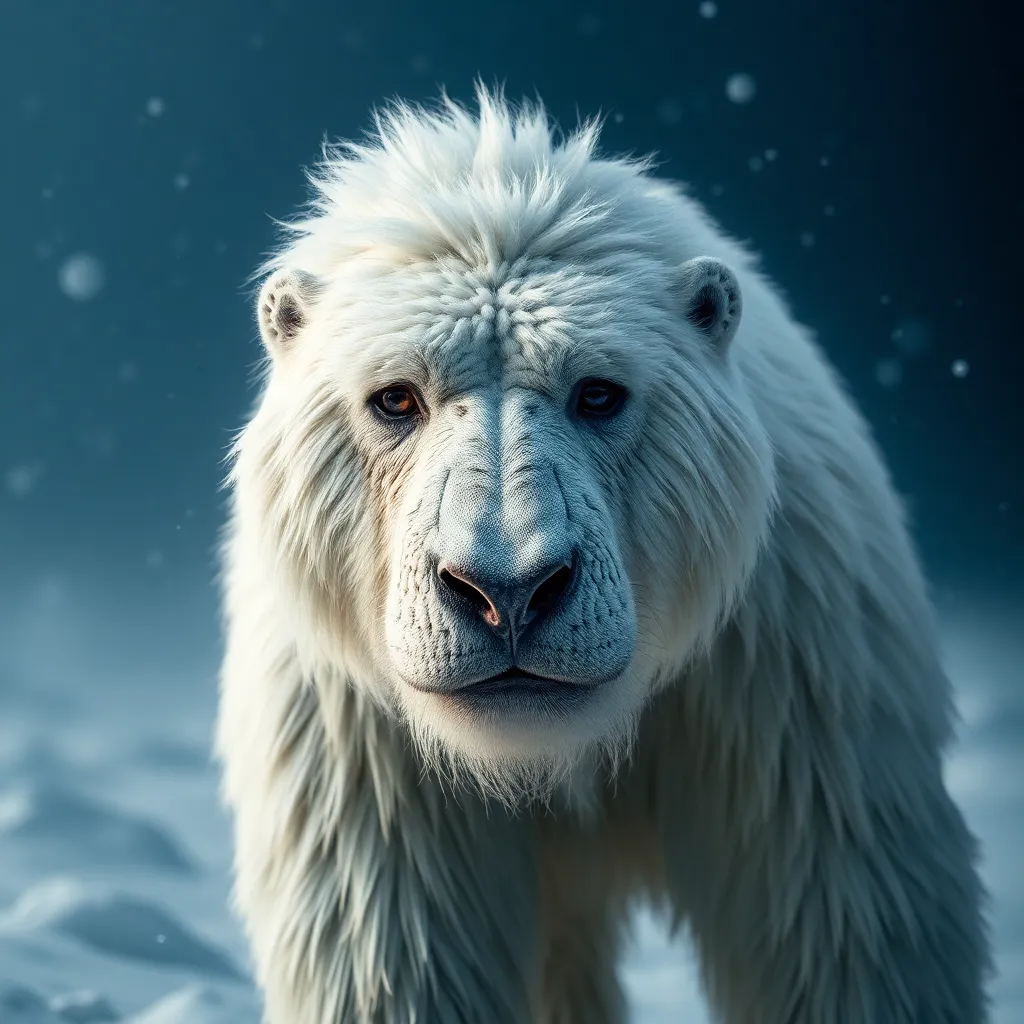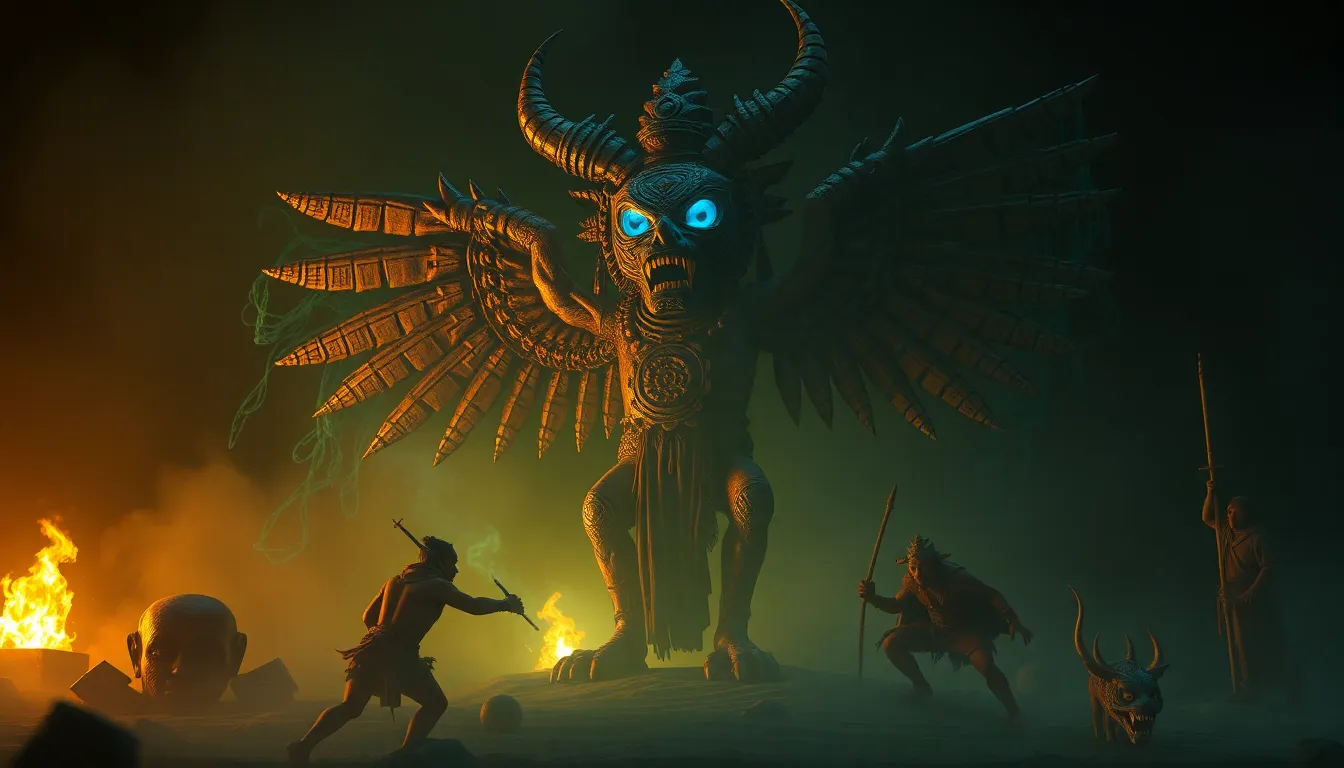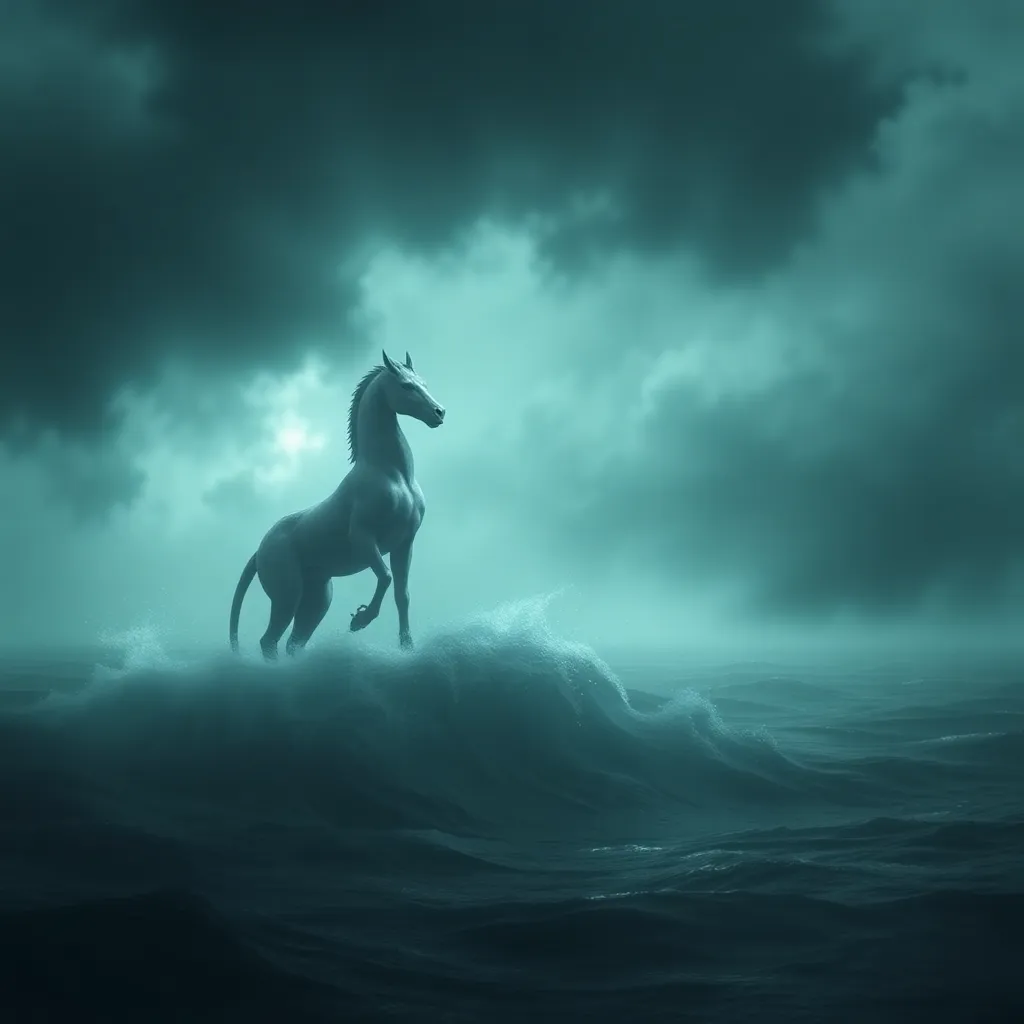The Yeti: A Modern Myth? Exploring the Creature’s Resilience in the Face of Scientific Advancements
I. Introduction
The Yeti, often referred to as the “Abominable Snowman,” is a legendary ape-like creature said to inhabit the Himalayan mountain range. This enigmatic being holds significant cultural importance in the folklore of the regions it is associated with, embodying the mysteries of the wilderness and the unknown. The Yeti has become a symbol of adventure and intrigue, captivating imaginations across the globe.
However, the debate surrounding the myth versus reality of the Yeti continues to stir discussions among enthusiasts and skeptics alike. As scientific advancements progress, many question the validity of such mythical creatures. This article aims to explore the resilience of the Yeti myth amid rigorous scientific scrutiny and examine its cultural significance in an increasingly evidence-driven world.
II. Historical Background of the Yeti Legend
The origins of the Yeti myth can be traced back to the indigenous cultures of the Himalayas, where it is often described as a large, hairy creature that roams the high peaks. The term “Yeti” itself is derived from the Sherpa language, meaning “rocky place.” Historical accounts from local folklore describe the Yeti as a guardian of the mountains, instilling both fear and reverence among the people.
Over time, the image of the Yeti has evolved, influenced by Western interpretations and sensationalized accounts. Key sightings and stories, such as the famous 1951 photograph taken by Eric Shipton, have played a crucial role in shaping public perception. This photograph, showcasing large footprints in the snow, ignited the curiosity of many and sparked expeditions to uncover the truth behind this elusive creature.
III. The Scientific Approach to Cryptozoology
Cryptozoology is the study of animals whose existence is not substantiated by mainstream science. It combines elements of zoology, folklore, and anthropology in an effort to investigate creatures like the Yeti. This field often relies on anecdotal evidence and eyewitness accounts, which can lead to skepticism from the scientific community.
Advancements in science and technology have greatly improved our understanding of wildlife and the natural world. The use of DNA analysis, camera traps, and other innovative methods has opened new avenues for wildlife discovery. Despite these advancements, the quest to find definitive evidence of the Yeti remains elusive, with notable attempts yielding mixed results.
IV. Modern Sighting Reports and Evidence
In recent years, there have been numerous reports of Yeti sightings and encounters. These modern accounts, often shared through social media, suggest that belief in the creature persists. From climbers claiming to have seen the Yeti to locals sharing stories passed down through generations, the interest in this mythical being continues to thrive.
Physical evidence, such as alleged Yeti footprints, hair samples, and photographs, has also surfaced. However, the validity of these findings is frequently called into question. The analysis of such evidence often reveals:
- Footprints to be misidentified animal tracks.
- Hair samples to belong to known wildlife, such as bears.
- Photographs to be inconclusive or hoaxes.
This leads to a comparison between anecdotal evidence and scientific validation, with many believing in the Yeti based on personal experiences rather than empirical proof.
V. Cultural Impact and Media Representation
The Yeti has had a profound influence on popular culture and media. From documentaries to Hollywood films, the creature is often depicted as a mysterious and formidable being, fueling public fascination. Movies like “The Abominable Snowman” and animated films such as “Smallfoot” portray the Yeti in varying lights, from fearsome monster to misunderstood creature.
Books and documentaries have also contributed to the Yeti’s legacy, often blending fact and fiction to keep the myth alive. The portrayal of the Yeti as a symbol of mystery and adventure resonates with audiences, solidifying its place in our collective consciousness.
VI. The Psychological Appeal of the Yeti
Human fascination with mythical creatures like the Yeti can be traced back to a deep-seated psychological need to explore the unknown. The Yeti represents the wilderness, the unexplored territories of our world, and the fear of what lies beyond our understanding. This allure is not only rooted in folklore but also in the human psyche.
Psychological theories suggest that belief in the Yeti may stem from:
- A desire for adventure and the thrill of the unknown.
- The human inclination to attribute meaning to unexplained phenomena.
- A reflection of societal fears and the need to confront nature’s mysteries.
As such, the Yeti serves as a canvas upon which we project our hopes, fears, and desires for exploration and discovery.
VII. The Future of the Yeti Myth in a Scientific World
As technology continues to advance, the implications for mythological creatures like the Yeti become increasingly complex. While scientific inquiry may debunk certain myths, it also brings forth new opportunities for cultural narratives to evolve. The balance between skepticism and belief may allow for continued fascination with the Yeti, even in a world driven by empirical evidence.
The potential for ongoing belief in the Yeti, despite skepticism, speaks to the resilience of cultural mythology. As long as there are stories to tell and mysteries to explore, the Yeti will likely endure as a modern myth.
VIII. Conclusion
In summary, the Yeti remains a captivating subject of discussion, straddling the line between myth and reality. The historical background of the legend, combined with modern scientific approaches, showcases the resilience of this creature in the face of scrutiny. The Yeti’s cultural significance, psychological appeal, and representation in popular media contribute to its status as a symbol of mystery and adventure.
As we reflect on the Yeti’s enduring presence, it becomes evident that the intersection of science, culture, and belief will continue to shape our understanding of this modern myth. The Yeti’s resilience serves as a reminder of humanity’s innate curiosity and the timeless allure of the unknown.



